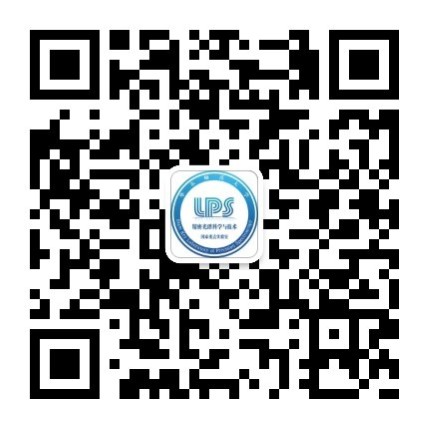讲座题目:The Quantum Way of Doing Computations
主讲人:Rainer Blatt,Institute for Experimental Physics,University of Innsbruck and Institute of Quantum Optics and Quantum Information Austrian Academy of Science
主持人:马龙生
开始时间:2016-03-0416:00结束时间:17:00
讲座地址:中北理科大楼A504报告厅
主办单位:精密光谱科学与技术国家重点实验室
报告人简介:
Rainer Blatt graduated in physics from the University of Mainz in 1979. He finished his doctorate in 1981 and worked as research assistant in the team of Günter Werth. In 1982 Blatt received a research grant of the Deutsche Forschungsgemeinschaft (DFG) to go to the Joint Institute for Laboratory Astrophysics (JILA), Boulder, and work with John L. Hall (Nobel Prize winner 2005) for a year. In 1983 he went on to the Freie Universität Berlin, and in the following year joined the working group of Peter E. To-schek at the University of Hamburg. After another stay in the US, Rainer Blatt applied to qualify as a professor by receiving the “venia docendi” in experimental physics in 1988. In the period from 1989 until 1994 he worked as a Heisenberg research fellow at the University of Hamburg and returned several times to JILA in Boulder. In 1994 he was appointed professor of physics at the University of Göttingen and in the following year he was offered a chair in experimental physics at the University of Innsbruck. Since 2003 Blatt has also held the position of Scientific Director at the Institute for Quantum Optics and Quantum Information (IQOQI) of the Austrian Academy of Sci-ences (ÖAW).
报告摘要:
Since the mid-nineties of the 20 th century it became apparent that one of the centuries’ most important technological inventions, computers in general and many of their applications could possibly be further enormously enhanced by using operations based on quantum physics. This is timely since the classical roadmaps for the development of computational devices, commonly known as Moore’s law, will cease to be applicable within the next decade due to the ever smaller sizes of the electronic components that soon will enter the quantum physics realm. Computations, whether they happen in our heads or with any computational device, always rely on real physical processes, which are data input, data representation in a memory, data manipulation using algorithms and finally, the data output. Building a quantum computer then requires the implementation of quantum bits (qubits) as storage sites for quantum information, quantum registers and quantum gates for data handling and processing and the development of quantum algorithms.
In this talk, the basic functional principle of a quantum computer will be reviewed. It will be shown how strings of trapped ions can be used to build a quantum information processor and how basic computations can be performed using quantum techniques. In particular, the quantum way of doing computations will be illustrated by analog and digital quantum simulations and the basic scheme for quantum error correction will be introduced and discussed. Scaling-up the ion-trap quantum computer can be achieved with interfaces for ion-photon entanglement based on high-finesse optical cavities and cavity-QED protocols, which will be exemplified by recent experimental results.

